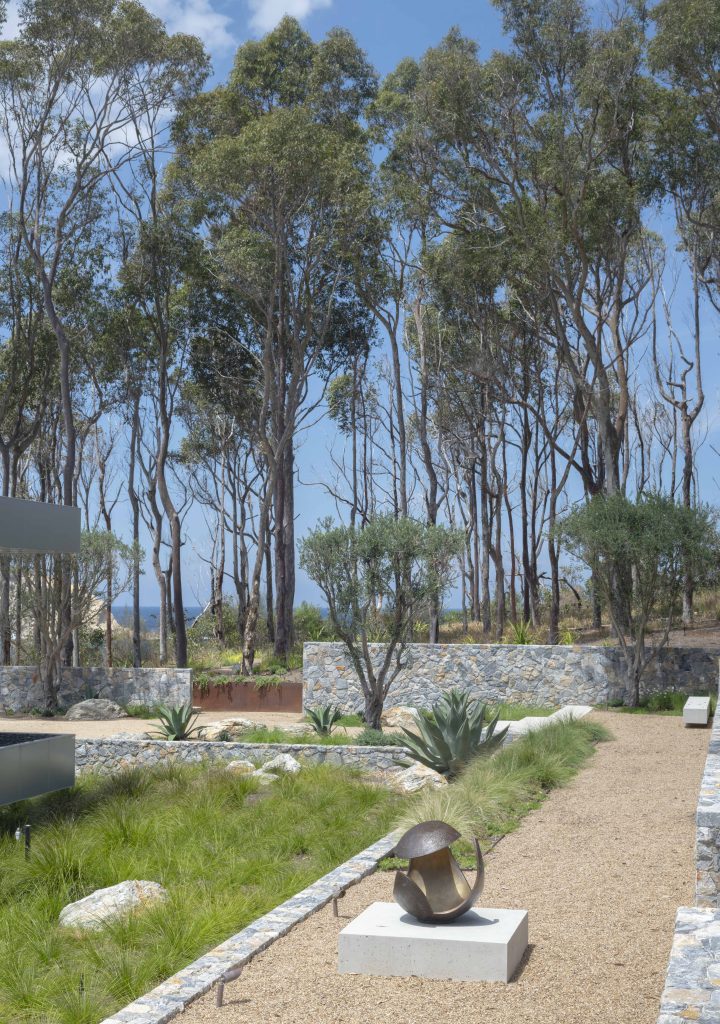One of the most common mistakes in large garden design is getting the scale wrong. Large gardens offer unique opportunities, but they also present challenges, particularly when it comes to achieving the right proportions.
In smaller spaces, the dimensions of structural elements, pathways, and plant groupings are constrained by necessity. However, in large gardens, there is a degree of flexibility and freedom regarding the scale of a structural element or a planting composition. This can be liberating but also overwhelming. Without thoughtful consideration, the result may feel either too sparse or cluttered, diminishing the beauty and functionality of the space.
Generous Gestures
To design a large garden effectively, it’s crucial to embrace generous gestures. This means:
- Broad Pathways: Narrow pathways that might suit a smaller garden can look insignificant in a larger space. Opt for wider paths that complement the scale of the surroundings.
- Plant in groups: Diversity of plant species is important in any garden, however instead of scattering lots of individual plants throughout, plant each species in large groups. This will have a stronger visual impact and lend a sense of order.
- Bold Features: Incorporate bold focal points like large sculptures, water elements or feature trees. These will help anchor the garden and draw the eye.

Balancing Scale and Intimacy
While embracing scale is essential, it’s equally important to create moments of intimacy within the vastness. Consider adding:
- Smaller Seating Areas: Nestled within larger spaces, these can provide a sense of retreat.
- Layered Planting: Use a mix of tall, medium, and groundcover plants to create depth and soften transitions.
- Framing Views: Use hedges, walls, or trees to frame specific vistas, giving the garden a sense of direction and intrigue.
The Role of Repetition
Repetition is a powerful tool in large gardens. Repeating certain plants, colours, or structural elements ties the space together and creates cohesion. Without repetition, large gardens can feel disjointed and chaotic.
Stay Tuned for Part 2
In the next instalment, we explore the unique design opportunities of courtyard gardens, where thoughtful detail and clever spatial use turn even the smallest spaces into something extraordinary.